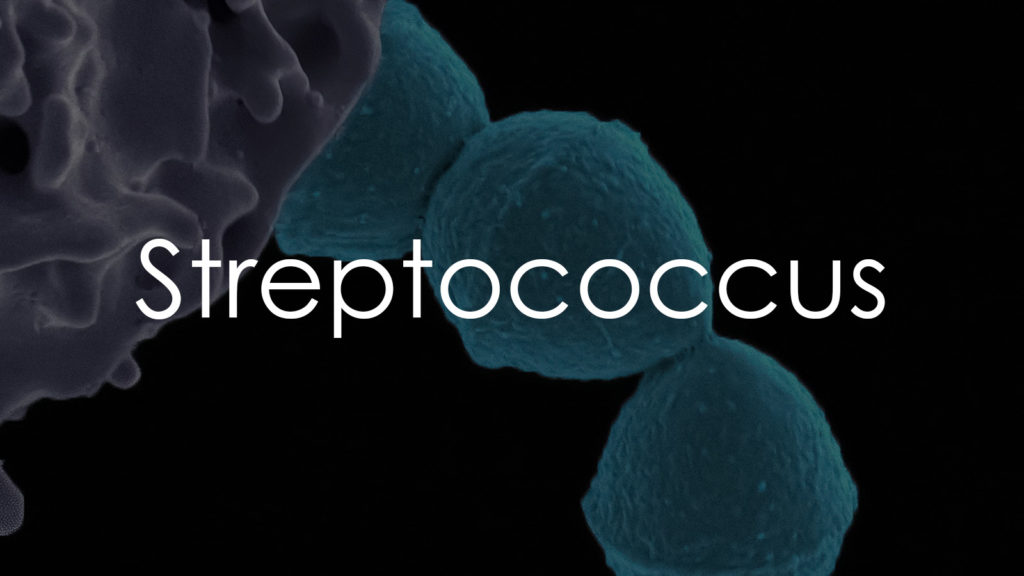Streptococcus is a genus of bacteria that includes several species responsible for a wide range of human and animal infections. Understanding the causes of Streptococcus infections is crucial for preventing their spread and effectively managing these conditions. This article delves into the various causes of Streptococcus infections, focusing on factors like transmission, environmental conditions, and individual susceptibilities.

Transmission of Streptococcus Infections
Person-to-Person Contact
One of the primary causes of Streptococcus infections is person-to-person transmission. This occurs through:
- Direct contact: Touching an infected person, especially wounds or sores, can lead to the spread of Streptococcus bacteria.
- Respiratory droplets: When an infected person coughs or sneezes, droplets containing the bacteria can be inhaled by others, leading to infections like strep throat or pneumonia.
- Close proximity: Living or working in crowded conditions, such as schools, daycare centers, or military barracks, increases the likelihood of spreading Streptococcus.
Contaminated Surfaces
Streptococcus bacteria can survive on surfaces for extended periods. Touching contaminated surfaces and then touching the face, particularly the mouth, nose, or eyes, can introduce the bacteria into the body.
Asymptomatic Carriers
Some individuals carry Streptococcus bacteria without showing any symptoms. These asymptomatic carriers can unknowingly spread the bacteria to others through direct contact or respiratory droplets, contributing to the spread of infections.
Environmental Factors Contributing to Streptococcus Infections
Climate and Seasonality
Streptococcus infections often peak in certain seasons, particularly in winter and early spring. Colder weather encourages people to stay indoors in close proximity, facilitating the spread of respiratory droplets. Additionally, the cold air can dry out mucous membranes, making them more susceptible to bacterial invasion.
Overcrowded and Poorly Ventilated Areas
Overcrowded living or working conditions, particularly those with poor ventilation, increase the risk of Streptococcus infections. The lack of fresh air circulation can lead to the accumulation of airborne bacteria, enhancing the likelihood of transmission.
Individual Susceptibility to Streptococcus Infections
Weakened Immune System
A compromised immune system is one of the significant causes of susceptibility to Streptococcus infections. Factors that can weaken the immune system include:
- Chronic illnesses: Conditions like diabetes, HIV, and cancer can impair the immune system, making it harder for the body to fight off infections.
- Immunosuppressive treatments: Medications like corticosteroids and chemotherapy can weaken the immune response, increasing vulnerability to Streptococcus bacteria.
- Age-related factors: Infants, young children, and the elderly have weaker immune systems, making them more susceptible to infections.
Existing Medical Conditions
Individuals with certain medical conditions are at higher risk of developing Streptococcus infections. These conditions include:
- Chronic respiratory diseases: Conditions like asthma or chronic obstructive pulmonary disease (COPD) can make the respiratory tract more vulnerable to infections.
- Skin conditions: People with chronic skin conditions, such as eczema, are more prone to skin infections caused by Streptococcus bacteria.
- Recent viral infections: Recent infections, such as the flu, can weaken the body’s defenses, making it easier for Streptococcus to cause secondary bacterial infections.
Conclusion
The causes of Streptococcus infections are multifaceted, involving a combination of transmission routes, environmental conditions, and individual susceptibilities. Understanding these causes is essential for preventing the spread of Streptococcus bacteria and reducing the incidence of infections. Public health measures, including good hygiene practices, appropriate medical treatment, and awareness of environmental risks, are key to controlling the impact of Streptococcus on public health.